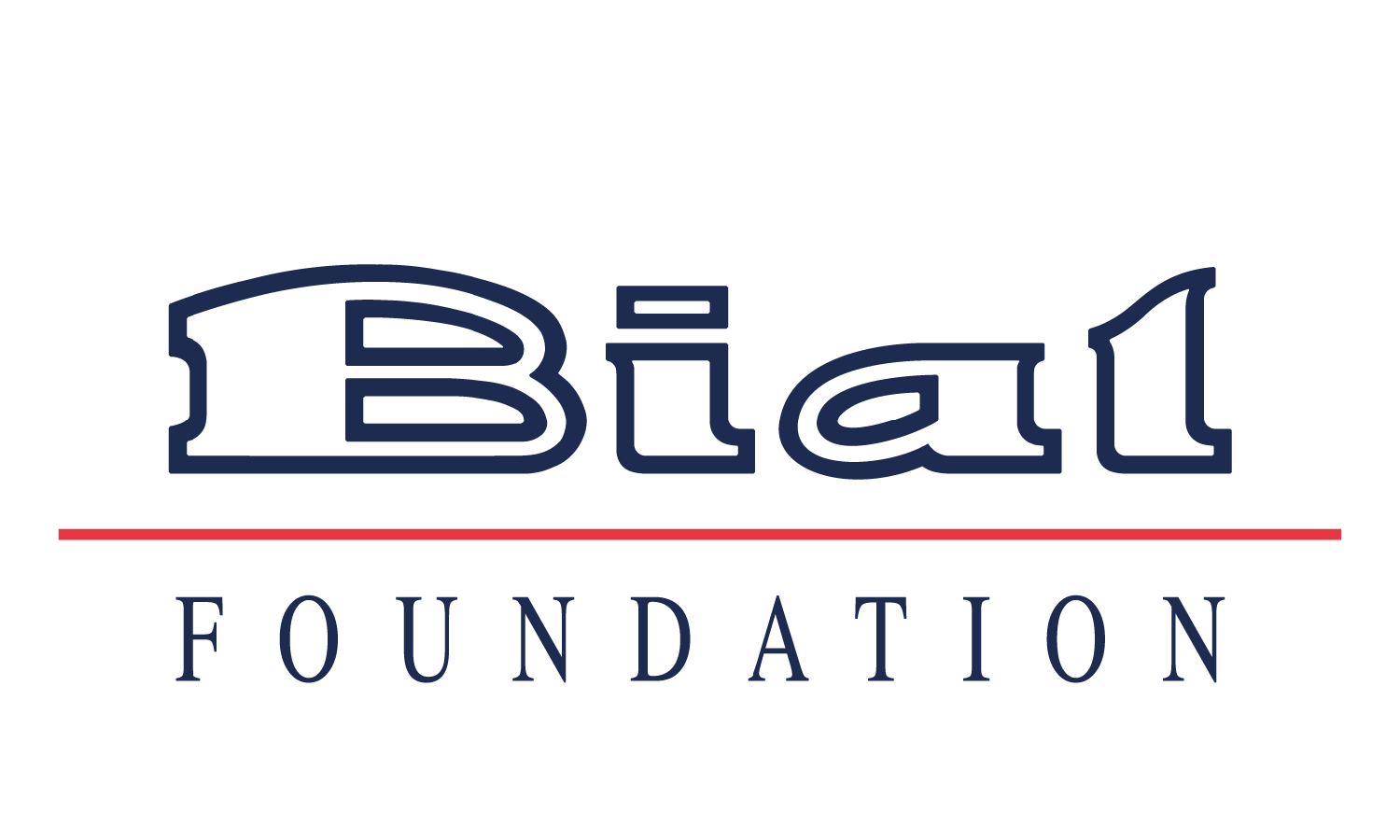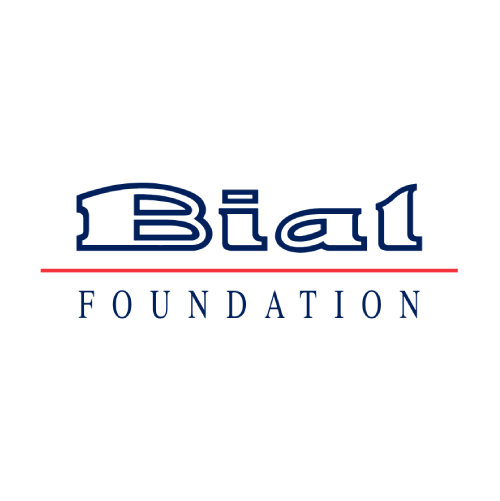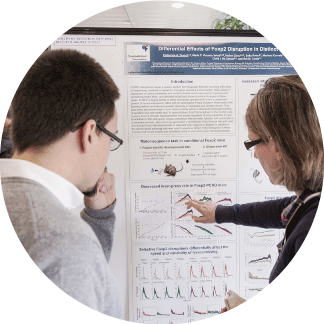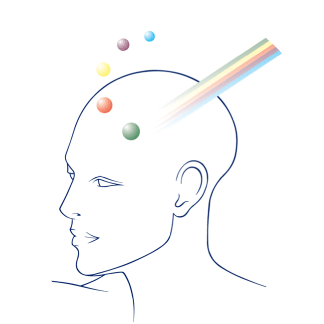News
Top Stories

Does your dog have social skills?
A study suggests that viewing the owner’s face works as a positive social reinforcement for dogs. Learn more about this and other surprising results about “man’s best friend”.
News
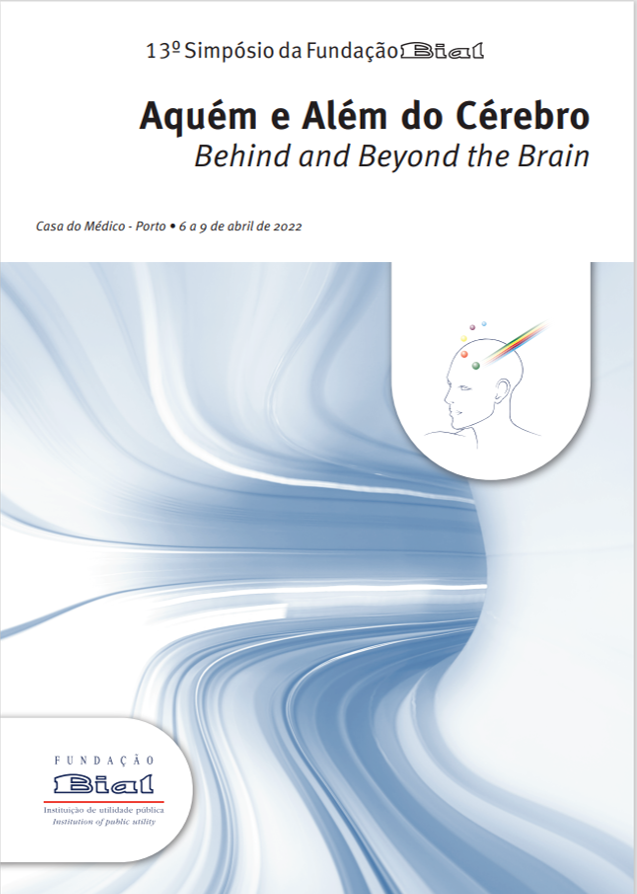
The Proceedings of the 13th Symposium of the BIAL Foundation is now available
The BIAL Foundation has just published the Proceedings of the 13th "Behind and Beyond the Brain" Symposium, a compilation of the speakers' lectures which also includes the abstracts of some of the supported research projects and presented at this meeting in poster sessions and oral communications.
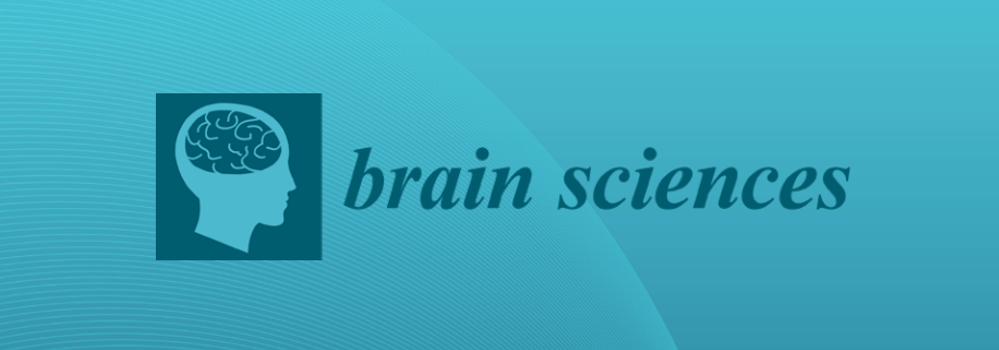
Does the idea of your partner’s death affect your brain activity?
The paper Reminders of Mortality: Investigating the Effects of Different Mortality Saliences on Somatosensory Neural Activity was published in the journal Brain Sciences in the scope of the research project 75/16 - The painful awareness of death: Influence of thoughts of death on behavioural and cerebral activity associated with painful nociceptive stimuli, supported by the BIAL Foundation and led by Elia Valentini. The study aimed to test whether thinking about a romantic partner’s death or on their own death would reveal a change in the perception and brain responses to noxious electrical stimuli. The conclusion of this study reveals greater effects of reminders of mortality directed at one’s romantic partner on pain perception (as opposed to the participant’s own mortality).
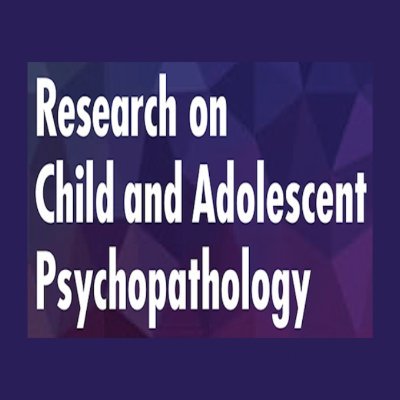
How stress during pregnancy may impact children’s sleep?
Desana Kocevska, principal investigator of the research project 381/20 - Pathways from prenatal and postnatal stress to sleep quality across childhood: The role of the amygdala and cortisol, supported by the BIAL Foundation, studied the impact of prenatal psychosocial stress (life events, contextual, parental or interpersonal stressors) on 4.930 children’s sleep at ages 2 months, 1.5, 2, 3 and 6 years. In addition, analyses using polygenic risk scores were performed in a subsample of 2.063 children. Higher total prenatal stress was associated with more sleep problems across all time points between 2 months and 6 years of age. Prenatal stress, and in particular negative life events during the pregnancy interact with genetic liability for insomnia to exacerbate sleep problems at six years of age. To know more about this study read the paper A Longitudinal Study of Stress During Pregnancy, Children’s Sleep and Polygenic Risk for Poor Sleep in the General Pediatric Population published in the journal of Research on Child and Adolescent Psychopathology.

